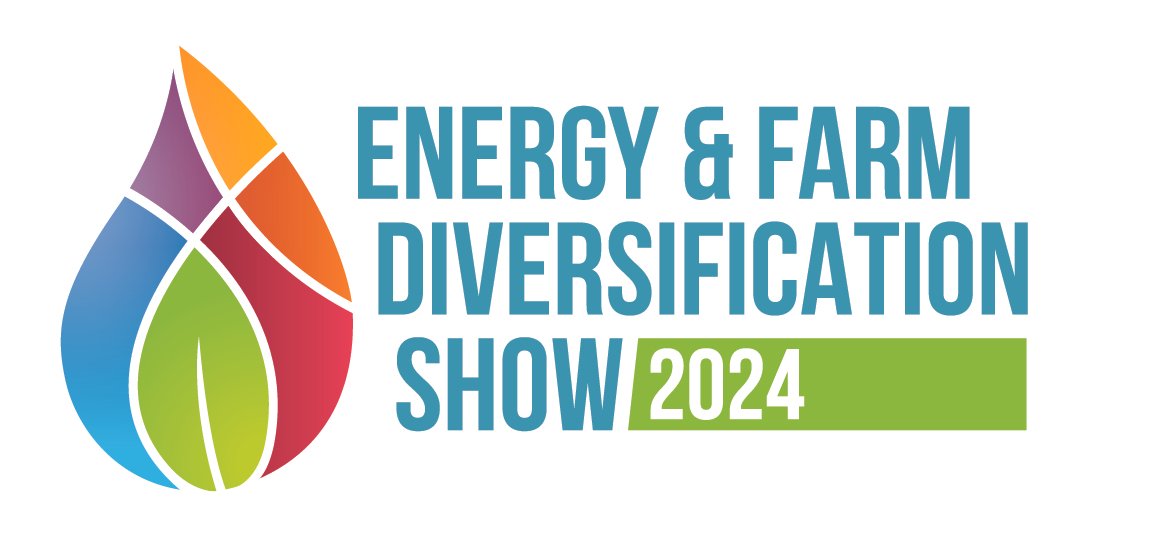Renewable Energy At Gurteen
Gurteen College boasts some great green credentials including investment in energy conservation and renewable energy sources.
Way back in 1947 when it was founded the College embraced modern innovative approaches and has continued to do the same. In 1982 a significant investment was made in a straw burning boiler and storage sheds to heat the whole campus with a district heating scheme, replacing old oil boilers. Unfortunately, the Danish designed boiler just was not suited to burn damp Irish straw, and after 2 years of ‘heartache’ was converted in 1984 to burn peat. The peat was sourced as screenings from the Bord Na Mona briquette factory at Derrinlough. The district heating scheme was extended in 2001 to include the newly constructed 1200m2 workshop complex. The heating control system allows for efficient management of all heat produced, with 25 separate heating circuits across the campus each controlled remotely using mechanical pumps and valves.
Biomass boilers and willow
In September 2010 the College recognised the need to move away from burning peat and set about designing and installing a totally new heating system. The chosen system is based on two high efficiency 300kw biomass boilers manufactured by KWB. The same year, 28.7 hectares of willow was planted to provide fuel for the system. To minimise risk of losses due to disease, different varieties of willow were planted in adjacent plots. In February 2011 a new 270 metre sq. drying floor was installed within the farm building complex in readiness for the future harvested chipped willow, which will be reduced from approx. 55% moisture to 25% in the process. Willow is harvested on a 3-year rotation, with just over 9 hectares (22 acres) cut in early spring each year. The willow is harvested using a modified machine that coppices the willow and chips it in a single process. The fresh willow chips will require about 2 months of drying before they are suitable for combustion. A system of sweep arms, augers and control switches provide a fully automated mechanism of feeding the boilers.
As the college has grown and demand for heat increased, the area of willow is no longer capable of supplying all our heat requirements, so locally grown forestry logs are sourced and chipped to supplement the home-grown willow.
Solar Photo-Voltaic Panels
Gurteen College installed 168 panels, totalling 50Kw of nominal power in Autumn 2017. The system is fully automated and requires minimal maintenance. Remote monitoring equipment provides some simple checks of performance. In 2022 records show the system generated just over 41000 Kw of electricity, giving the college a saving of over €13,000 per year if the equivalent power was purchased.
LED Lighting
All of the artificial light in the college, including the farm, is produced using LED lights and smart sensing technology. Over 1200 light bulbs and fittings were changed. This has given savings of between 25% and 75% (depending on the type of fitting replaced) and will lead to a saving on the electricity bill but also savings in maintenance costs as the bulbs have longer life expectancy. A further benefit is the improved quality of lighting on campus.
Insulation
The College campus has a wide range of buildings. Working with Tipperary Energy Agency a project to retrofit insulation was completed. The solution varied within each building, including roof cavity insulation (blown and rolls), wall cavities filled with bead insulation and in one building new internal wall linings and a false ceiling were installed.
Milking parlour and new farm buildings
As a new milking parlour, cubicle house and sheep shed were commissioned and built in 2018/19, the opportunity was taken to avail of several energy efficiency and sustainability measures. These include:
LED lighting in all locations,
Variable speed motor technology for vacuum and milk pumps,
Plate coolers to reduce milk temperature before it enters the bulk tank.
Heat recovery units on bulk tank compressors that are heating 30 litres of water to 50 degrees centigrade for every 100 litres of milk cooled.
Rainwater is harvested from the roof and stored in underground tanks – and then used for wash down of parlour floors.
